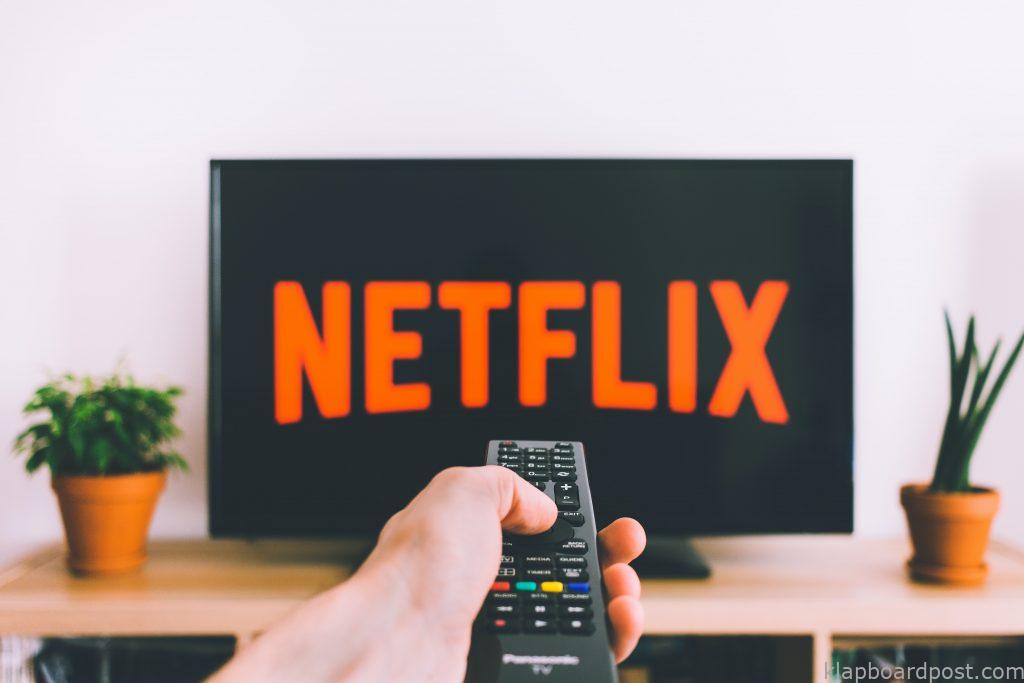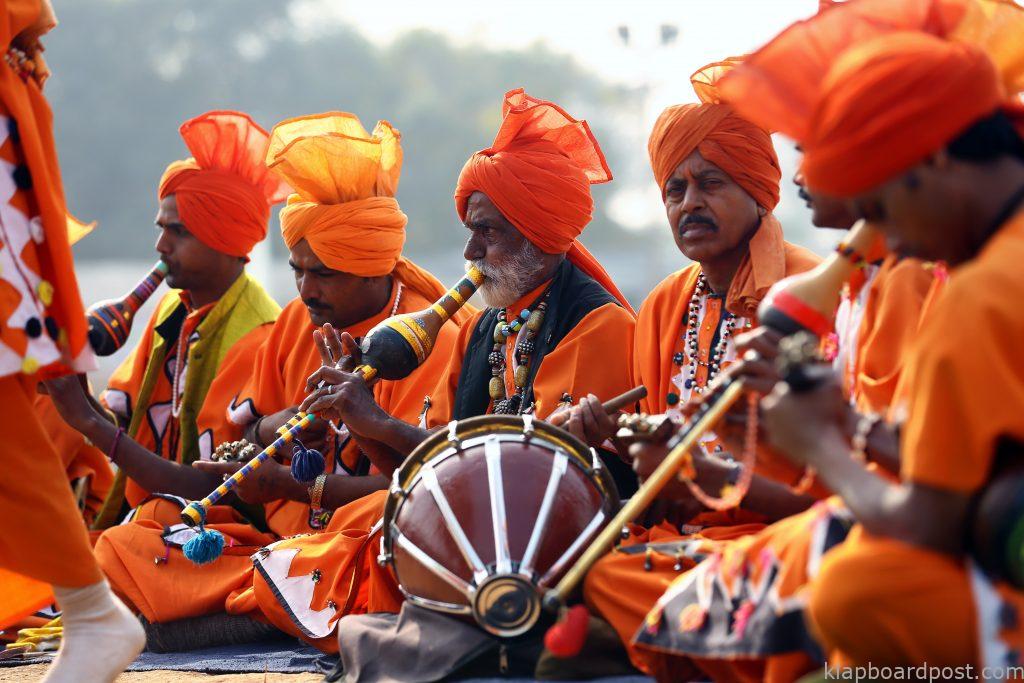As the nation gets ready to celebrate Independence Day from the confines of their homes, maintaining the very necessary social distancing norms, exploring and getting exposed to a plethora of content across platforms – social media or other entertainment apps, a question that crosses my mind is – In this digital-first world, are Indians or what I like to call ourselves – ‘Bharatwasis’, really relating to this content? Think about it. The western influence is ingrained in the kind of content we see on a daily basis.
Inspired by urban references and biases, the content heavily revolves around situations and issues that could be relatable to a mere top 10% of India’s internet population. Even companies dedicated to building content for Bharat have a limited scope and produce content that scratches the surface but does not explore the identity and culture of Bharat. So, while we are all going vocal for local, are we really building or promoting content that represents Bharat or is inspired by it? The answer for me is no.
The wave of UGC in Pop Culture
We are often bombarded with cringe-worthy and sleazy entertainment in the name of ‘user-generated content’ that holds no cultural significance. While these multiple UGC platforms do feature ‘blink and you miss it’ scenes, dialogues, and episodes of Bharat in the short-form video format, they don’t truly represent the essence of real Bharat. There is no relatability or authenticity in this kind of entertainment, and it adds no relevance to a person’s daily life. While such platforms have time and again spoken about self-regulation, for most brands it is an opportunity to build a user base and increase market share with illicit, exploitative and stereotypical content often leading to them being the center of attention in subjects of litigations, regulatory investigations and reformulation of varied policies.
Lack of original professionally generated content

Building for Bharat has been adopted differently by different brands giving rise to trends like dubbed foreign content, re-hashed versions of foreign reality shows or even dubbed/subtitled Indian movies in the top 8 languages to reach the masses, again an instance of how content creators are influenced by western and urban references. However, this strategy of localization adopted by most OTT players in India is more like an afterthought on a product that was originally meant for foreign or a niche audience only.
A YouGov India 2019 report stated that the probability of consuming content in one’s native language seems to be high, with around eight in ten claiming they would watch foreign (82%) or regional content (78%) if it was made available to watch in their mother tongue. So, how can we expect Indians to consume and enjoy content in languages, produced mainly in English and Hindi, without feeling uncomfortable or causing inconvenience?
Understanding mother-tongue and growing appetite for hyper-local content
The understanding of the mother tongue for many content creators translates to Hindi, as it is one of the most spoken languages in the country. But if we are creating content for a country where dialect changes every few miles, you need to expand your horizons. I still remember the stories that my parents and grandparents used to tell me growing up. The dialect, the delivery and the local connection made those stories so relatable that I still remember them vividly. For every Indian, his dialect is their connection to their roots and they are very proud of it.

Hence, there lies a huge opportunity to create content that narrates these stories as they remind Indians of those gushing memories of ‘Nukkad Natak’, ‘Kavi Sammelan’ or folk tales and stand-up comedies. These deeply rooted stories produced professionally to generate connections and build conversations through dialect-based content represent the diversity of the country. It is an opportunity to free Indians from repetitive, slap-stick content and give them the much-needed freedom to consume content that is relevant to their everyday lives. It is about time that we introduce a brand new generation to the glory of indigenous storytelling, folklore and more.
Importance of context in content
I have been talking about the issue of relatability and I think it stems from the lack of context to today’s stories. Today in a post-Jio era, we are not limited by our geographies, a 16-year-old sitting in Bundelkhand has access to the minute-by-minute update on the presidential candidate race in the US. OTT platforms have opened up a pandora box of global content and storytelling to us. More platforms and avenues have been introduced for Hindi stories to be told as well. But you know what’s sad, that 16-year-old kid from Bundelkhand doesn’t see himself in any of these stories.
It’s all about the audience

Finally, the customer is always right and respecting his/her wishes should be our utmost priority instead of offering hand-me-downs, dumb and irrelevant content that neither add nor challenge their intelligence quotient. There is a notion that building for Bharat means creating services and products for Indians in tier 2, tier 3 and rural markets. This needs to change. In a country of 500 million+ internet-savvy users, we are just scratching the surface. In the age of last-mile connectivity, growing opportunities, education avenues, our audience can be anywhere in the country and consuming content. Most of this consumption is digital and mobile phones are the most preferred mediums, giving us the opportunity to create sensible content in formats that cater to the audience’s needs.
While we are in the midst of a pandemic and doing our best to fight it, it has in some way given content platforms an opportunity to really understand how and what Indians want to consume. It is on us to leverage Bharat’s diversity and culture to create content that they can identify with, offer them professionally generated content that deals with everyday matters from financial literacy, health, technology and more in an informative yet fun and entertaining manner. It is time for us to go beyond lip-syncing and ‘Good Morning’ messages as content and build relevant, sensible and premium content for an independent Bharat.
(The post has been written by Vinay Singhal, Co-Founder & Chief Executive Officer, STAGE)













